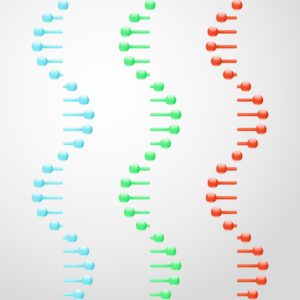«RNA-Seq is the most likely NGS technique to be used by researchers in 2017 due to its versatility»
RNA-seq has become a ubiquitous tool in both biological and medical research. Much of the RNA-seq analysis done is still for differential gene expression from poly-adenylated mRNAs; but the success of RNA-seq can also be seen in the rapid increase in knowledge about biological systems and the large number of distinct variants of the method. The combination of these factors allow us to go much further than the ‘simple’ 3’ gene expression microarrays and now opens up the possiblities of: splicing analysis, differential allele expression, variant detection, alternative start/stop, gene fusion detection, RNA editing and eQTL mapping to name but a few…
RNA-seq has revealed far more about the transcriptome than microarrays, primarily because analysis is not limited to known genes. The use of ribosomal-reduction and smallRNA cloning methods allows analysis of all RNAs, not just poly-adenylated mRNAs. It has helped determine what the non-coding “dark matter” of the transcriptome is and what it is doing.
RNA-seq is the most-likely NGS technique to be used by researchers in 2017 due to its versatility, so as such, we have decided to take the top 10 publications of all time. This list will almost have certainly missed out papers you’d add to your own top ten, so why not comment below on which you think should have made our list?
See the list in Horizon: https://blog.horizondiscovery.com/diagnostics/top-10-rna-seq-publications-of-all-time
